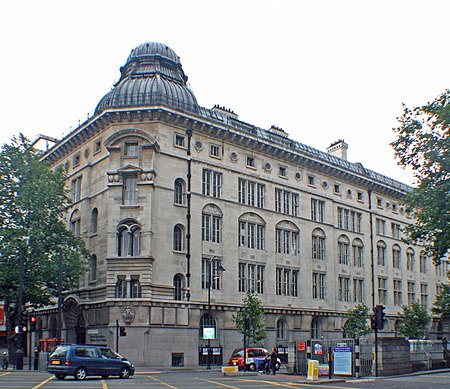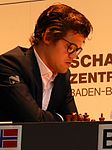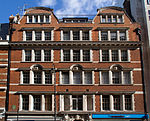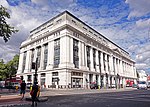Central School of Art and Design
Art schools in LondonArts organizations established in the 1890sGrade II* listed buildings in the London Borough of CamdenLondon County CouncilUniversity of the Arts London ... and 2 more
Use British English from July 2013Use list-defined references from July 2013

The Central School of Art and Design was a public school of fine and applied arts in London, England. It offered foundation and degree level courses. It was established in 1896 by the London County Council as the Central School of Arts and Crafts. Central became part of the London Institute in 1986, and in 1989 merged with Saint Martin's School of Art to form Central Saint Martins College of Arts and Design.
Excerpt from the Wikipedia article Central School of Art and Design (License: CC BY-SA 3.0, Authors, Images).Central School of Art and Design
Red Lion Square, London Holborn (London Borough of Camden)
Geographical coordinates (GPS) Address External links Nearby Places Show on map
Geographical coordinates (GPS)
| Latitude | Longitude |
|---|---|
| N 51.5189 ° | E -0.1207 ° |
Address
Central Saint Martins College of Art & Design
Red Lion Square
WC1R 4RA London, Holborn (London Borough of Camden)
England, United Kingdom
Open on Google Maps










